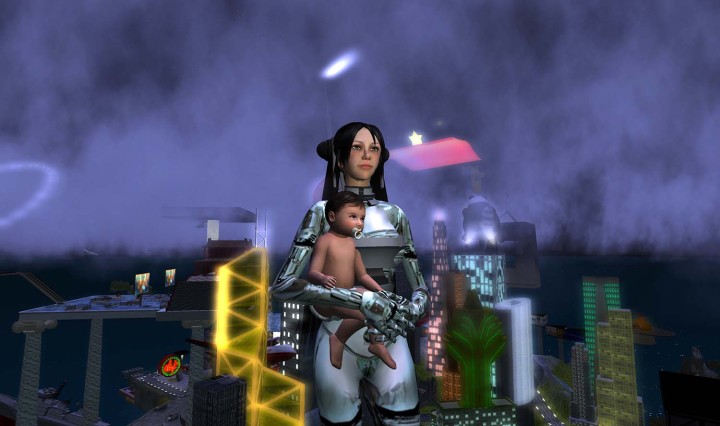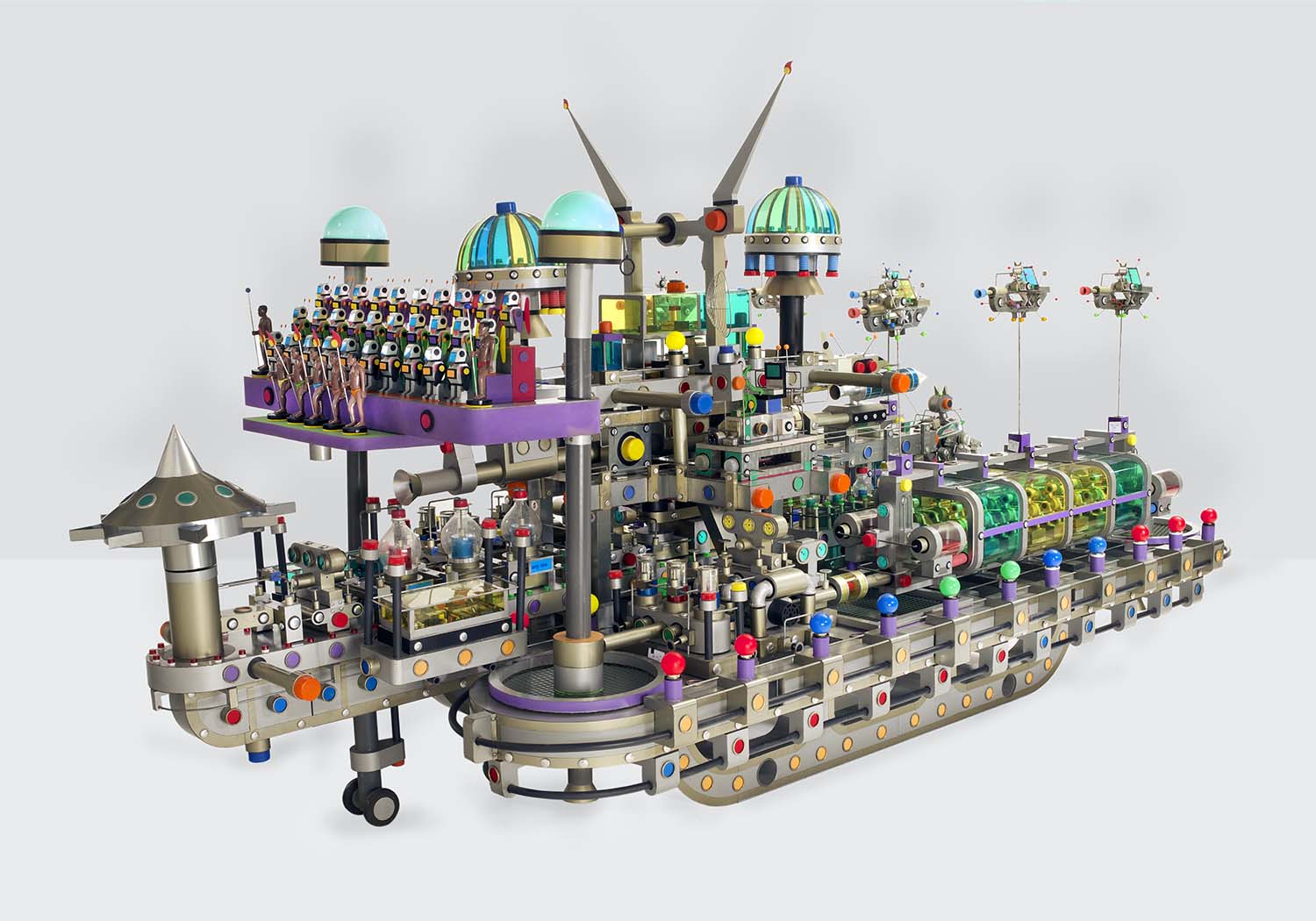France has always been a country of asylum for Chinese artists. After the First World War, it was where painters such as Zao Wou-ki and Chu Teh-Chun developed their careers. In the 1990s, Paris became a vanguard destination for contemporary Chinese artists fleeing the Tiananmen revolution, like Yan Pei Ming and Huang Yong Ping. At that time former Minister of Culture Jack Lang welcomed artists and curators, who have since taken up residence in France and participated in many thematic exhibitions about China.
It has nevertheless been ten years since any Parisian institution has focused on this scene, which has continued to evolve at a dizzying speed ever since emerging as one of the most significant markets of the 2000s. What is the situation today? What remains? And how is this art scene, traditionally seen as a rebellious one, developing? Who are the new players? These are questions that the Foundation Louis Vuitton has been keen to answer with the exhibition “Bentu: Chinese Artists in a Time of Turbulence and Transformation.”
The word “Bentu” means native land. In the field of contemporary Chinese art, this term does not refer to any form of nationalism, but encompasses a dialectical concept that reconciles the “local” bentu with the “global” bentu through a process of critical rediscovery.
The show presents a mixture of now-historical artists born in the 1950s, like Ai Weiwei, Huang Yong Ping and Zhang Xiaogang, as well as younger artists born in the 1980s, such as Hu Xiangqian, Liu Shiyuan and Hao Liang.
In an interview with Philip Tinari (director of the Ullens Center and the show’s co-curator, with Laurence Bossé), Xu Zhen, one of the artists in the exhibition, drew attention to the fact that his generation (he was born in 1977), as part of an increasingly global network, no longer claimed a Chinese identity; thus the issues of artists such as Huang Yong Ping seemed quite alien to him. Incidentally, Xu Zhen claims Jeff Koons as the most influential model in China today.
And it is possible that Xu Zhen, all on his own, incarnates this disparity of styles, which is deliberate in his case. His studio in Shanghai contains as many works as it does different forms: videos that look like publicity spots and documentaries; traditional ceramics with mutating shapes; abstract pictures; figurative frescoes; soft sculptures made of fabric; and monumental sculptures made of concrete. One has the impression of visiting an artists’ collective — which is not completely wrong, because his company, MadeIn, produces works both for him and for others.
What is striking in Shanghai, a city in which private museums are opening one after the other, is the pharaonic size of certain studios. In the case of Zhang Huan (originally known for his performances) we find ourselves in gigantic, hangar-like spaces. Some sculptures almost touch the ceiling at a height of eighty feet. He has eighty full-time assistants and as many as three hundred when his projects call for more.
Things are a bit different in Beijing. The largest studio we visited, that of Liu Wei, will soon be destroyed. The surrounding area has been leveled, and a new city comprised of modern, high-rise towers will be built in its place. For video artist Cao Fei, one of the few women artists from China to pursue an international career, things are the same. She occupies an abandoned cinema that she is restoring (apart from the projection room) with vintage fixtures from the 1970s. She doesn’t know how long she’ll be able to stay there, because the whole zone is going to be destroyed to comply with a gigantic new plan for urban development. This restoration of an emblematic building, a vestige of the past, is as important to her as her films. It is quite interesting to see China begin to embrace the past, now that it will soon be completely nonexistent.
Hao Liang likewise borrows traditional procedures from landscape painting and calligraphy. When, incidentally, one visits the Central Academy of Fine Arts (CAFA), China’s most prestigious art school, there are only reproductions of the past. Certain portraits depict teenagers wearing sneakers, but the technique is still ancestral. Perhaps the future may be gauged by visiting the studio of Xu Qu, born in 1978, an ex-student of John Armleder at the Braunschweig University of Art. His studio is situated in “Dark Bridge,” a village where there are only artists and studios. Xu Qu produces abstract paintings inspired by the graphic design of bank notes. His conceit is critical of China’s rapid economic growth — the same economic growth that inflates rental prices such that studio occupancies are tenuous at best. Ultimately, the common denominator of all these artists is probably the same as anywhere else: a sense of precarity caused by neoliberal expansionism and rampant change.


